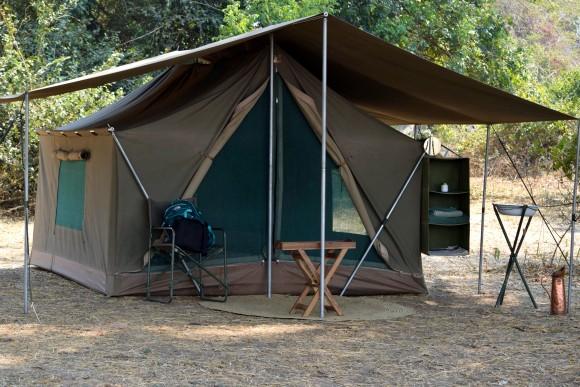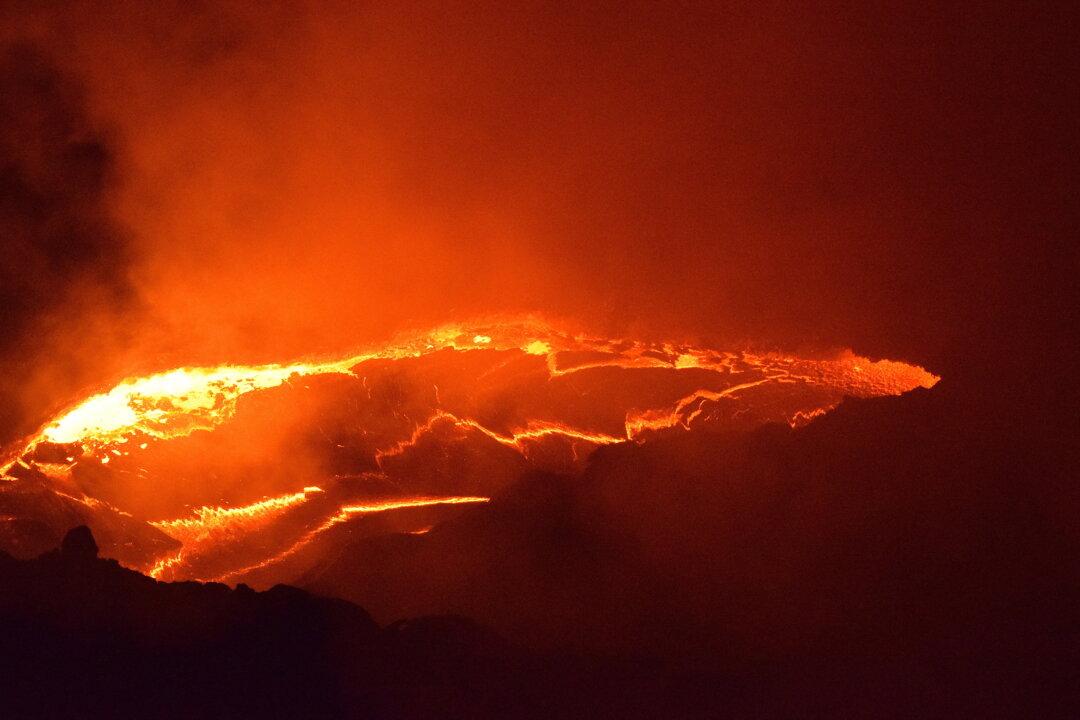SOUTH LUANGWA NATIONAL PARK, Zambia—Kangachepe Banda poked at a pile of elephant dung with a twig, exposing thousands of undigested acacia seeds. He was about to explain their significance when he noticed a moving dot in a tiny cone-shaped hole nearby. “See that ant scrambling up the pit?” The sand beneath the insect quivered. Down the funnel it fell.
“That was an ambush,” said Banda, our guide, explaining that one of nature’s smallest predators, the antlion larva, creates sand traps to lure and capture its prey. Its sickle-like jaws were sucking the life out of the ant inches below our feet.
Within the first hour of a five-day walking safari along the Mupamadzi River in the remote northern reaches of Zambia’s South Luangwa National Park (known locally as South Park), we had scored a “Little Five” sighting. “Five tiny creatures: the elephant shrew, buffalo weaver, rhinoceros beetle, leopard tortoise, and antlion,” said Banda.
Paired with the Little Five are the “Big Five”—the lion, elephant, buffalo, leopard, and rhinoceros. Once considered the most dangerous animals to hunt on foot in Africa, the Big Five now represent the most sought-after sightings on a photographic safari. I was here to see them.
I had viewed big game animals on many conventional safaris from within a vehicle. As my experience and confidence in the bush increased, I yearned for a more physically challenging and interactive experience. A friend suggested a walking safari. The tradition began with conservationist Norman Carr in Zambia in the 1950s and has flourished over the years. Zambian guides are considered the best trained in Africa.
I booked a mobile walking safari with Robin Pope Safaris. Pope began his career working with Carr and came up with the concept 26 years ago. A guide drives guests to a remote location about six hours from the largest village, Mfuwe. A team relocates and sets up a new camp every couple of days, freeing up guests to spend most of their time trekking in the bush.






